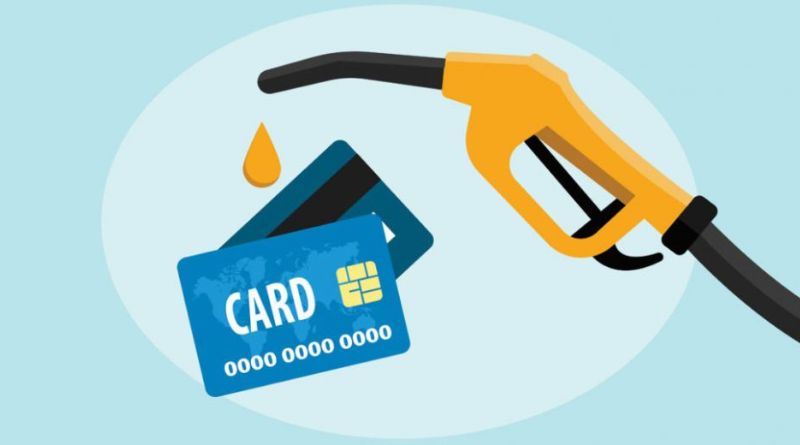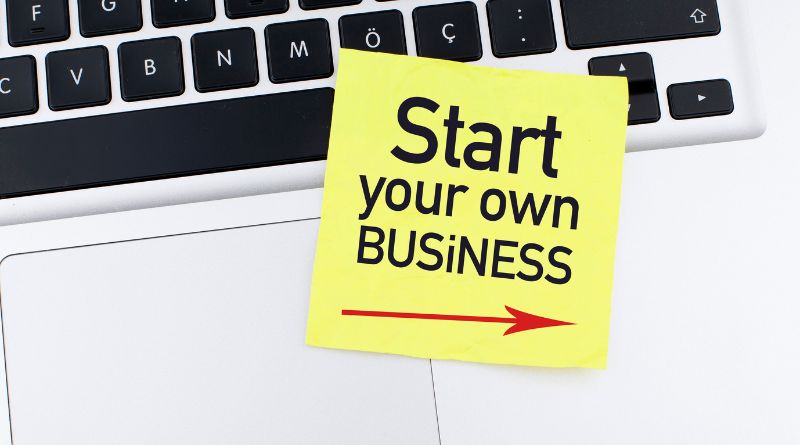If you’re an employer, attending a job fair can be just as important as applying to them in the first place. Here are the top 3 tips you’ll need to make the most of it and score your next top employee! Check out our free downloadable checklist of these tips, too!
3 Things to Know About Your Booth
- Make sure your booth is set up in a way that is welcoming and inviting to potential employees.
- Have a few key members of your team manning the booth so that you can speak with as many job seekers as possible.
- Be prepared to answer any and all questions about your company, the open positions, and the job fair itself.
Check out this free checklist for more tips on how to make your job fair experience a success!
5 Things on Your Sign
- Keep it Simple – your sign should be easy to read from a distance and contain only the most important information.
- Use Contrasting Colors – this will help make your sign more visible and easier to read.
- Use Large Fonts – again, you want your sign to be readable from a distance.
- Use an Eye-Catching Design – this will help attract attention to your booth.
- Bring Plenty of Pens – it’s always nice to have pens on hand when you’re looking for someone who can fill out a form or take an application on the spot. 6. Bring Plenty of Copies of Your Business Card – one way to introduce yourself is by handing out business cards with a short sentence about what you do.
How to Work for the Crowd
If you’re looking to hire at your next job fair, use these tips to work the crowd and find the best candidates. Plus, don’t forget to download our free checklist to make sure you’re prepared.
- Arrive early and set up your booth before the job fair begins. This will help you avoid the rush and give you time to talk to each candidate who comes by.
- Have a plan for what you want to accomplish at the job fair. Know what you need in terms of roles and be ready to answer questions about the company culture or hiring process.
- Bring plenty of business cards so that all your potential hires can easily contact you after the event is over.
- Be proactive with social media while networking with potential employees; ask them to follow you on Twitter or like your Facebook page if they are interested in future opportunities at your company
- Make it easy for candidates to apply: bring an application form or link to an online application form on your website. You may also want to offer free wi-fi as many people are unlikely to take out their laptops during the event
- Offer refreshments throughout the day: water, coffee, fruit
- Remember how long it takes people to walk from one end of the room to another – space yourself accordingly!
- Keep track of all your interactions with potential employees.
The Mindset of a Job Seeker
Job seekers should be looking to improve their skill set, learn about new opportunities, and make connections. They should also be sure to dress the part and have an updated resume. Plus, don’t forget to follow up after the fair! You can use our free checklist below to help you keep track of everything.
Tips for Recruiters & Hiring Managers
- Promote your job fair ahead of time on social media and your website to generate interest and excitement.
- Make sure you have plenty of handouts and materials to give to potential candidates.
- Get there early to set up your booth and make a good impression.
- Smile, be friendly, and be professional with everyone you meet.
- Follow up with candidates after the job fair to thank them for their interest and let them know the next steps in the process.
11 Ways to Get Found by Future Employees
- Make sure your company is listed on job boards and online directories.
- Use social media to post job openings and interact with potential candidates.
- Attend local job fairs and meet ups.
- Host an open house or company tour.
- Give presentations at schools and career centers.
- Sponsor a job shadowing program.
- Provide internships and apprenticeships.
- Connect with professional organizations in your industry and ask them if they can recommend any of their members who are seeking employment.
- Offer referral bonuses to employees who refer a successful candidate for hire.
- Consider hiring someone who has never been employed before, such as a refugee, prisoner, etc., as part of your diversity hiring initiative (i.e., Hire One Youth).
- Partner with another organization that’s looking to expand its team, like Habitat for Humanity or Teach For America.









